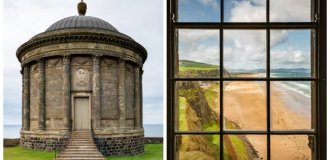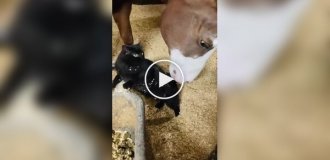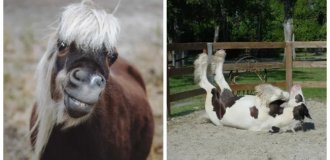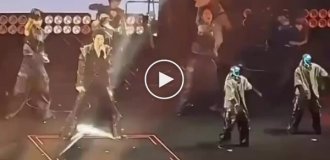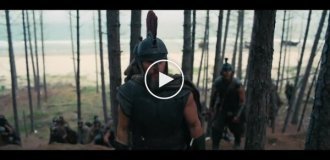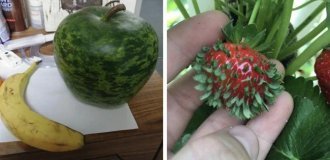A lady riding an ostrich and 12 more retro photographs: forgotten moments in history (14 photos)
Retro photographs from the beginning of the last century have a special flavor. Even staged shots allow you to take a different look at people, their lives and the old days, when society ladies were photographed riding ostriches, girls mastered roller skating, and horses could be seen in the mines. 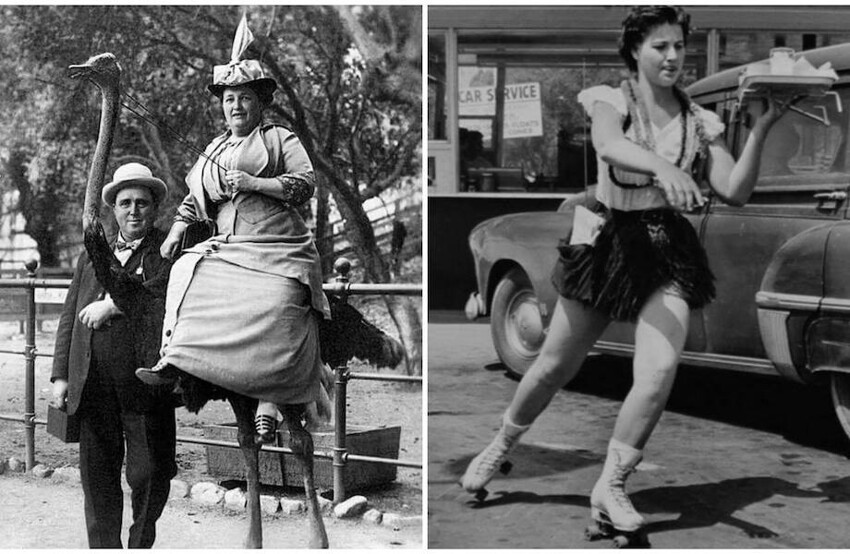
Photography is the most beautiful way to capture history, and the more unusual the moment, the more valuable it is. Some pictures reflect only a couple of seconds in the life of a certain person, while others tell interesting facts about an entire decade or era, a people and its culture. We have collected 13 frames that hide interesting facts or educational stories.
Sequoia Mark Twain, 1892
That was the name of the 1,300-year-old giant sequoia that was cut down by lumberjacks after taking a memorable photo. When Kings Canyon National Park decided to hold an exhibition, local loggers were ordered to cut down a tree that was blocking the site. It took people 8 days to dig a ditch for the tree, cut it down and remove the stump. Curiously, parts of the base and top were divided between the American and British museums, and the rest was spent on construction. 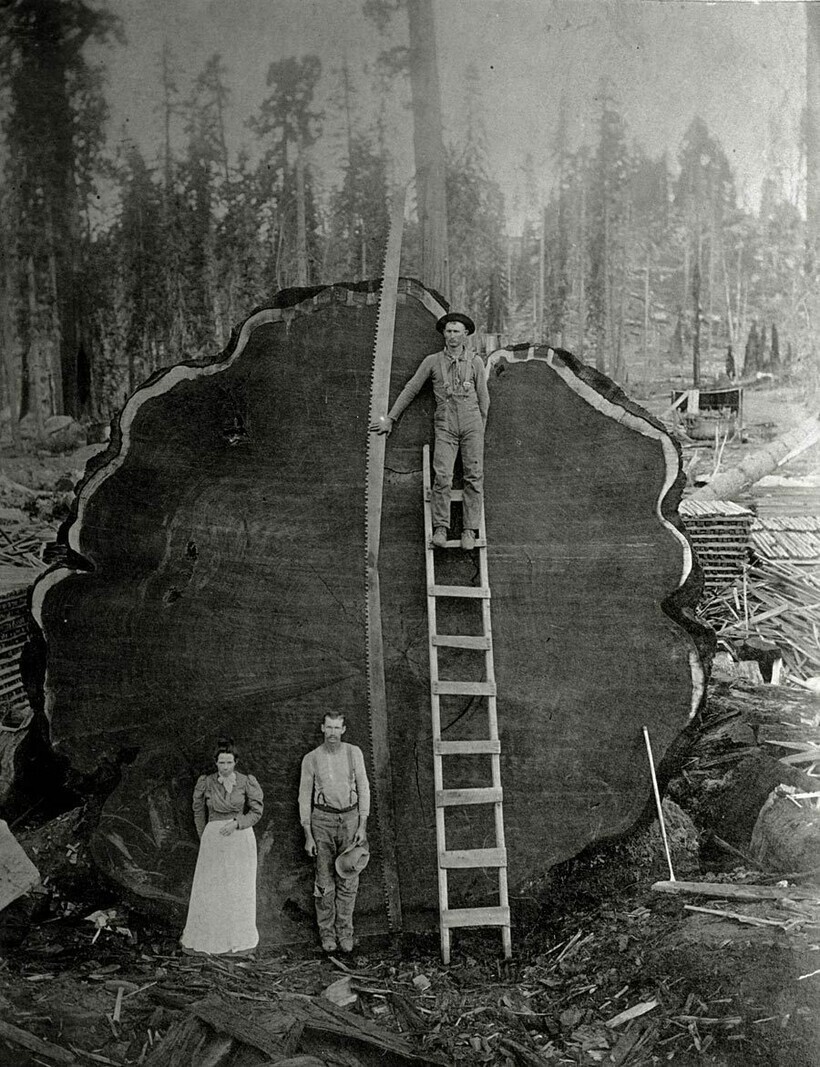
Mountain pony posing with miners, 1900s
Until the end of the 19th century, many children worked in English and American mines, transporting heavy carts and doing other work. But the event of 1913 brought change: during a flood, one of the British mines was flooded, and 26 children lost their lives. This caused a big scandal in society, and the authorities banned child labor in the mines. It was decided to use an alternative. So, in America they brought in donkeys, and in England - ponies. They were nicknamed mountain ones; despite their small stature, they could pull large loads. It was only with the advent of new automatic technologies in the 1960s that horses and donkeys were replaced by cars. 
Young gypsy couple, 1890s
Gypsies are an interesting nomadic people, known for their unusual colorful outfits and love of music. Often, for weddings and engagements, the newlyweds were given a violin as the most popular instrument in gypsy songs and melodies. It is curious that gypsy melodies contain many percussive sounds, but they are produced not with the help of special instruments, but with the help of surrounding objects: spoons, plates, the musician’s own knees. 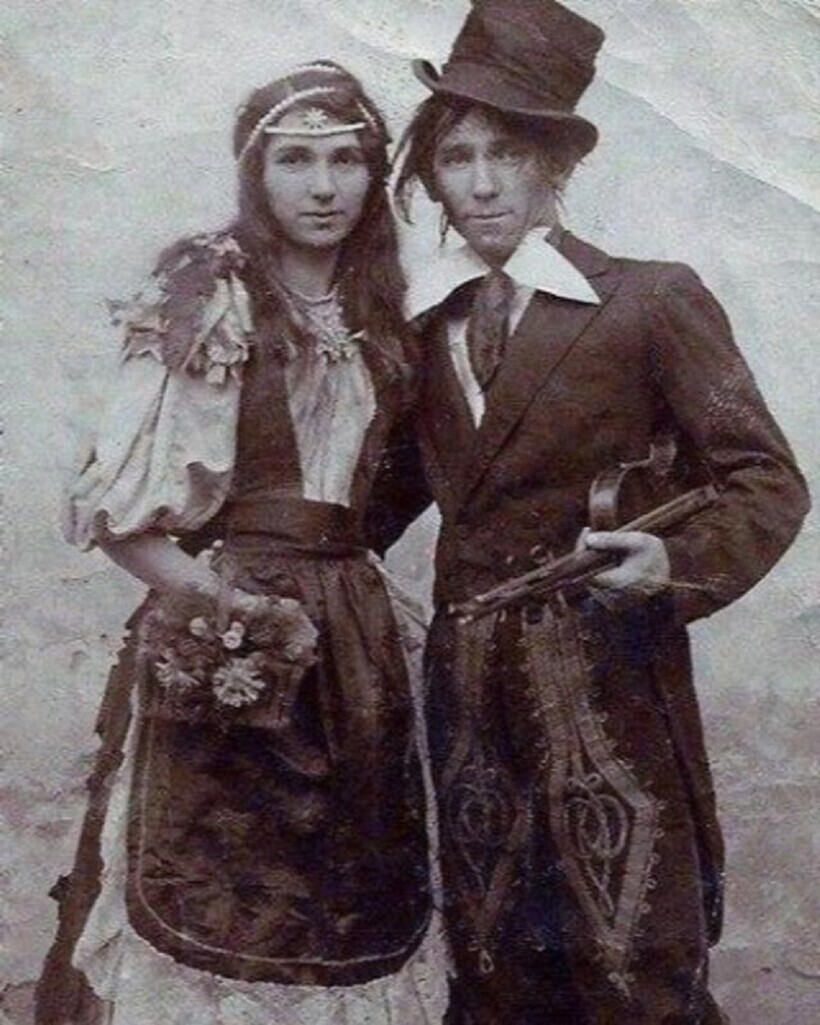
Waitress on roller skates, 1950s
It was at that time that cafes began to make windows that drivers could drive up to and place an order without leaving the vehicle. To quickly serve all drivers, waiters were placed on rollers. 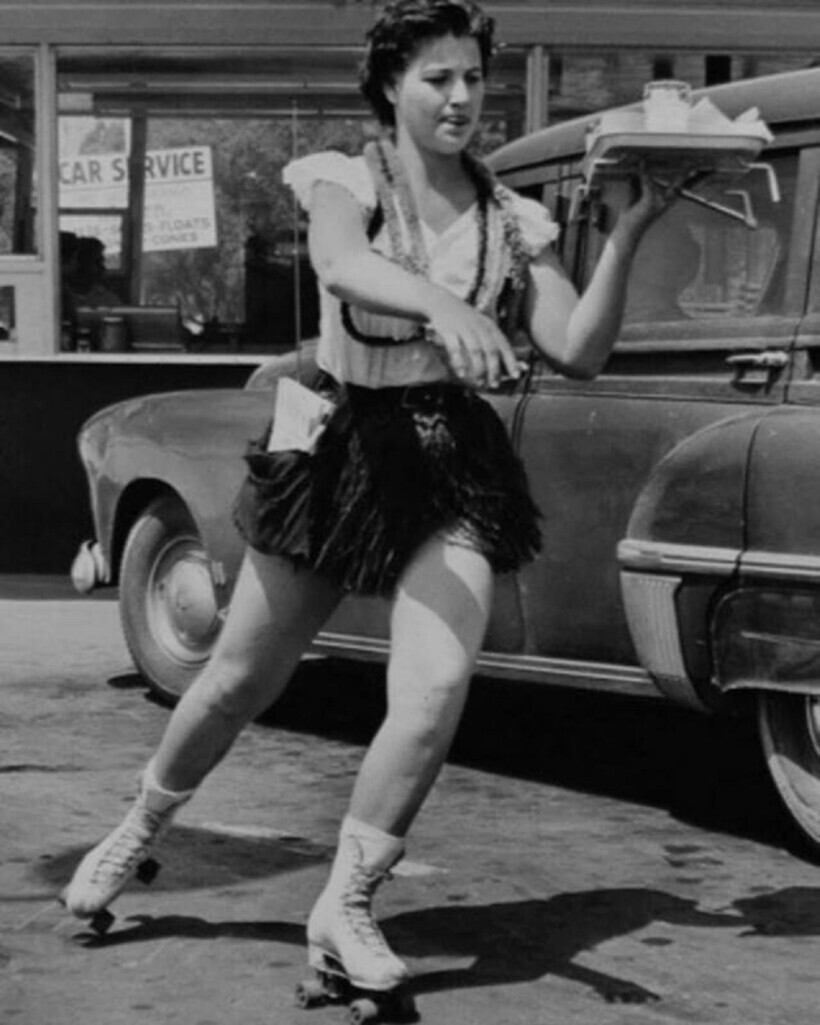
Girl and two "nannies", 1800s
In the century before last, pit bulls were often called “nannies” for their behavior in the company of children: they protected the kids. The dogs not only protected the child, but also treated him very carefully during games. Although pit bulls are now considered dangerous fighting dogs, in the 19th century they were kept in many homes and given to children for holidays. 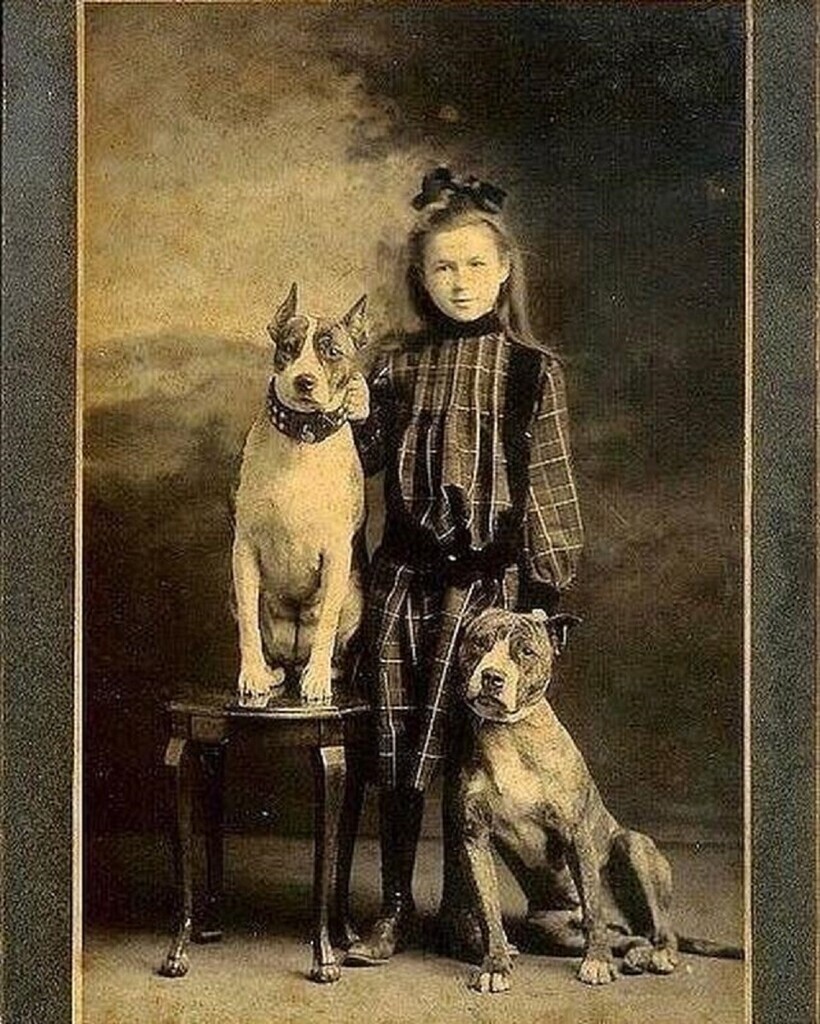
Trip to the dentist, 1892
These shots are reminiscent of a Sweeney Todd production, but this is a real dental procedure. A hundred years ago, dental offices were different from modern ones, crammed with equipment and soft chairs, and doctors had to tie patients down and hold their heads, because there was no talk of “freezing.” 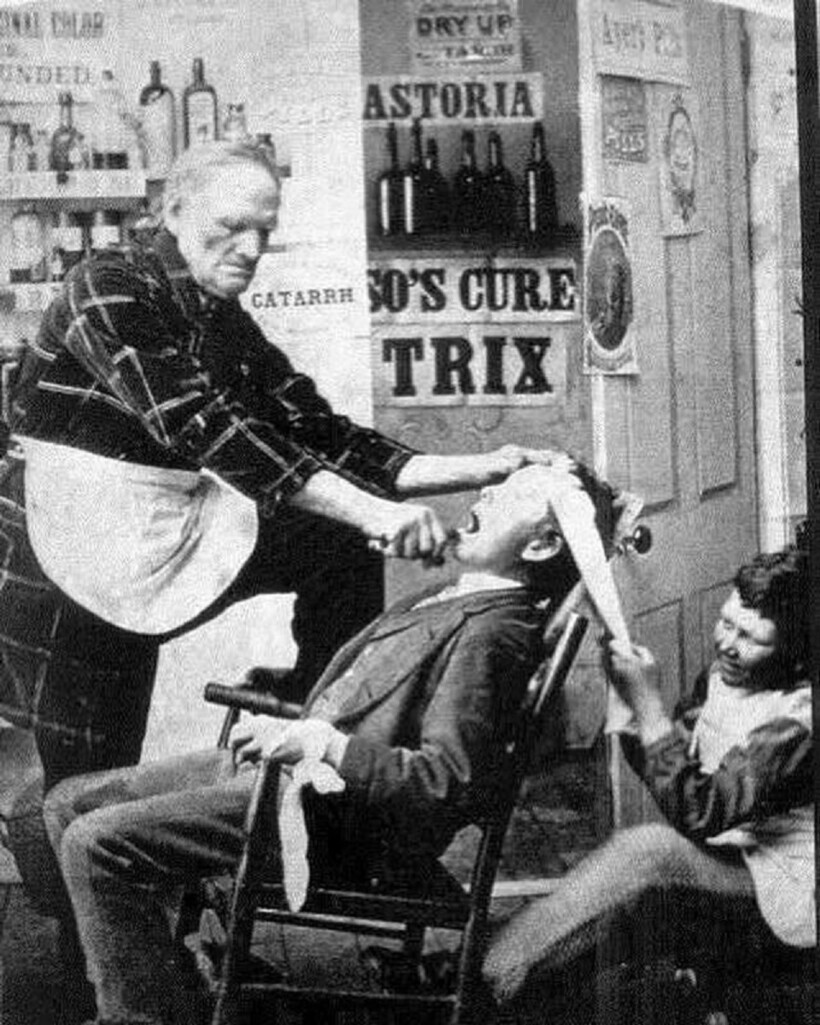
Tailed photographer, 1909
Cats have always been overly curious and easily fascinated by any new thing, for example, a camera. Nevertheless, the photo turned out to be interesting and memorable. What did this cat see in the lens? 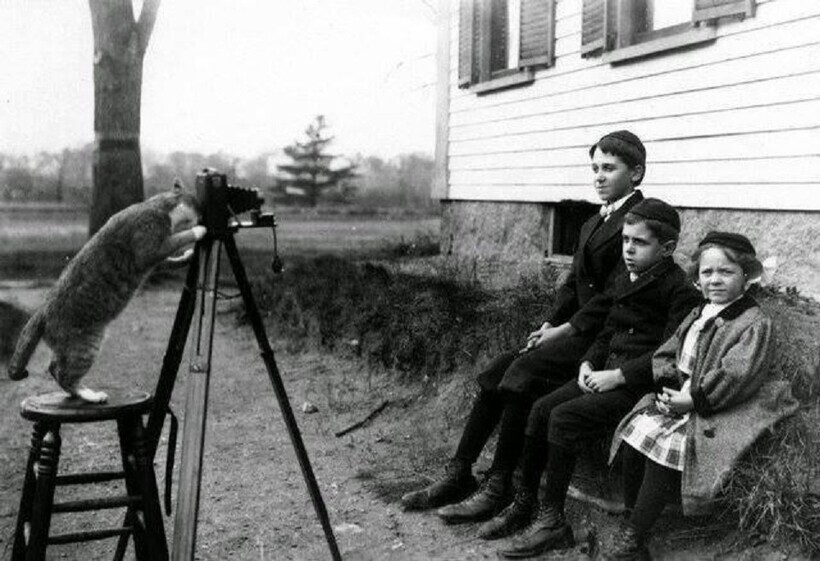
Riding an ostrich, 1910
Not far from the Seine in the very center of Paris there is an old zoo, Menagerie du Jardin des plantes, where Parisians still come to see animals from different countries. The photo of riding a huge bird was popular at the beginning of the last century, although it is inhumane to the ostrich. 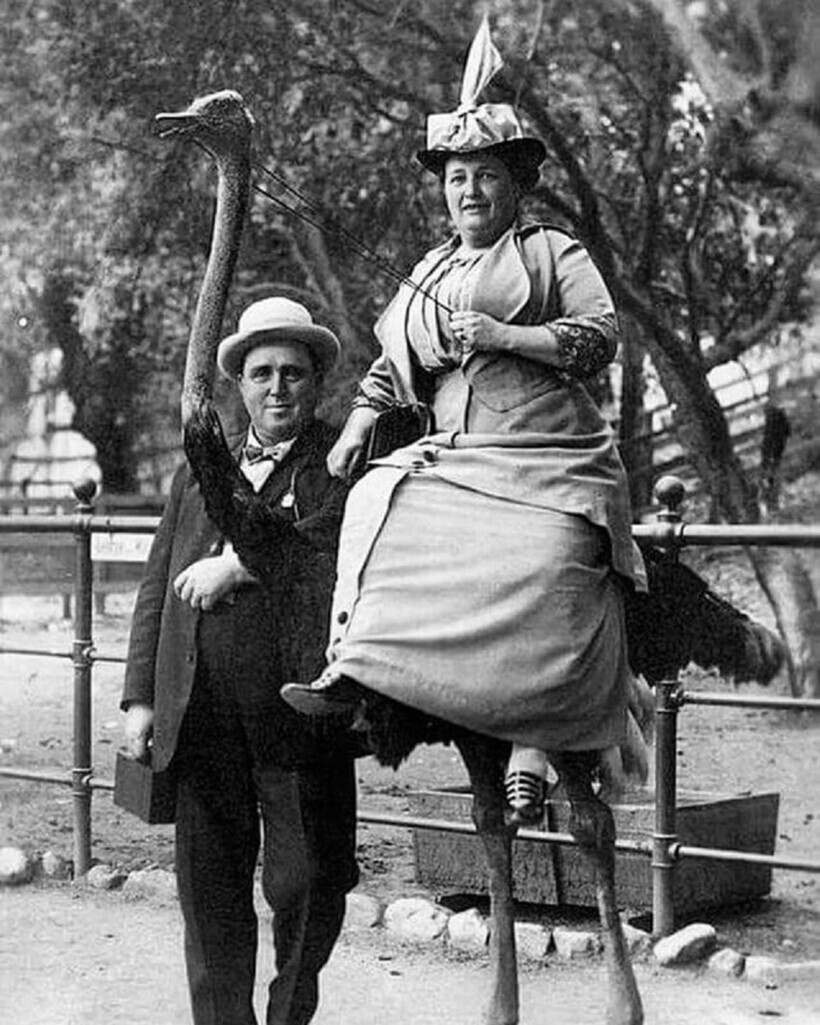
An Inuit man warms his wife's feet in Greenland, 1890s
Inuit tribes lived throughout the north from the United States to Canada and Greenland. For many generations, these people inhabited the frosty lands beyond the Arctic Circle, hunting deer and conquering the most remote areas where no human had ever set foot. In such conditions, it is extremely important to avoid hypothermia, and the surest way to warm up is the warmth of another person. 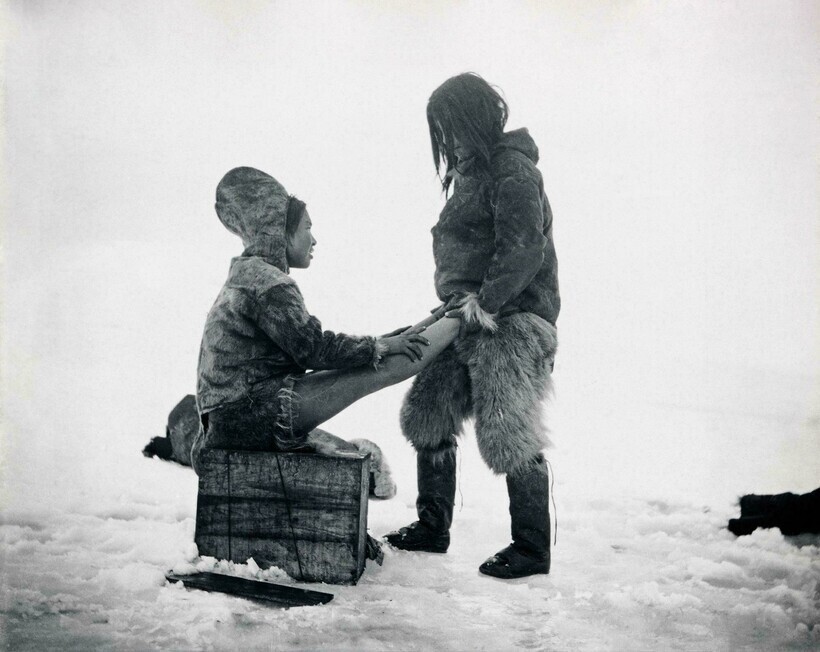
Luminescent tires from Goodyear, 1961
The American company had been producing rubber items and car tires since 1898 and was constantly looking for ways to obtain a cheap but high-quality alternative to rubber. Light up tires were invented in the early 1960s from neothane, a synthetic polyurethane rubber. They glowed in the dark due to the admixture of fluorescent dyes, but were lighter and cheaper than usual. However, they were never released to the masses - the very first tests showed their fragility and a high percentage of wear. 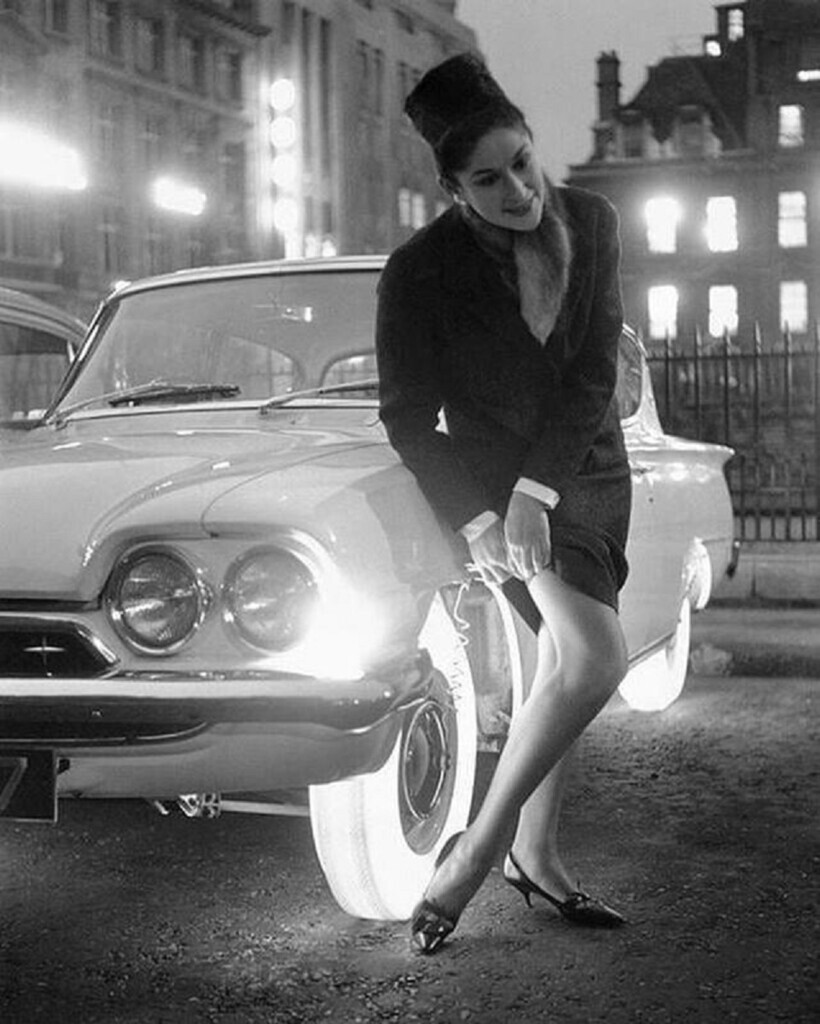
Santa Claus costume, 1900s
Now Santa resembles an aged cherub with rosy cheeks and a snow-white curly beard. But in the last century there were no costumes, and people made their own masks from papier-mâché. Sometimes they turned out to be more frightening than joyful. 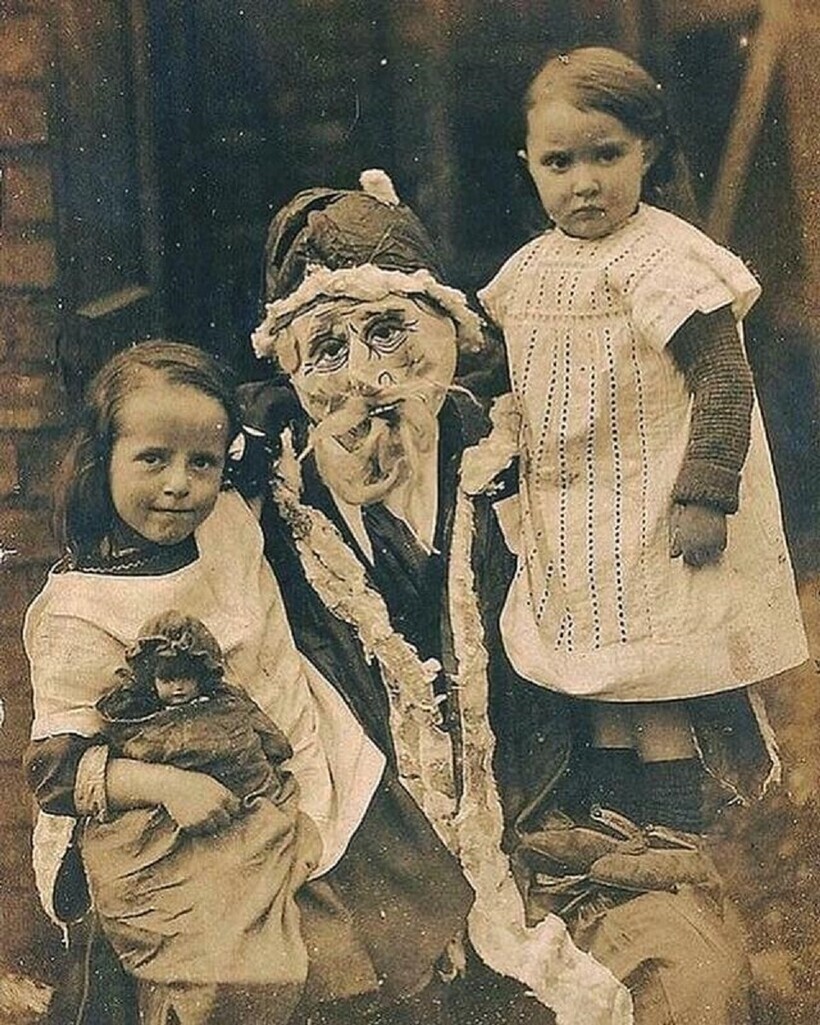
Transporting logs in Northern Michigan, 1908
At that time, the timber industry of the northern lands of America flourished, and for each tree cut down, woodcutters received a separate payment. But there were no cars that could transport logs, and loggers had to rely on real horsepower. For heavy loads, strong and powerful horses bred for transporting goods were chosen. 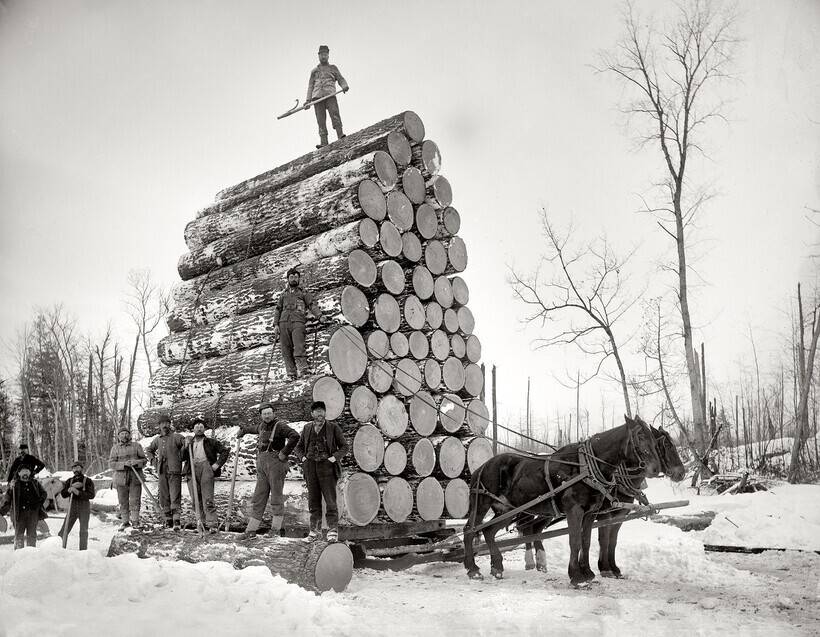
Roller skating, 1909
Belgian inventor John Joseph Merlin thought about how to allow people to skate even where there was no ice, and in 1760 he came up with the idea of attaching wheels to wooden shoes. Roller skates quickly began to spread throughout Europe and America, but they were so uncomfortable that not everyone could skate. In the 1900s, the old model was redesigned as the quad, a lightweight platform with wheels that attached directly to the shoe. Such rollers were maneuverable, which made them accessible to many people, even gentlemen in dresses and hats. 
